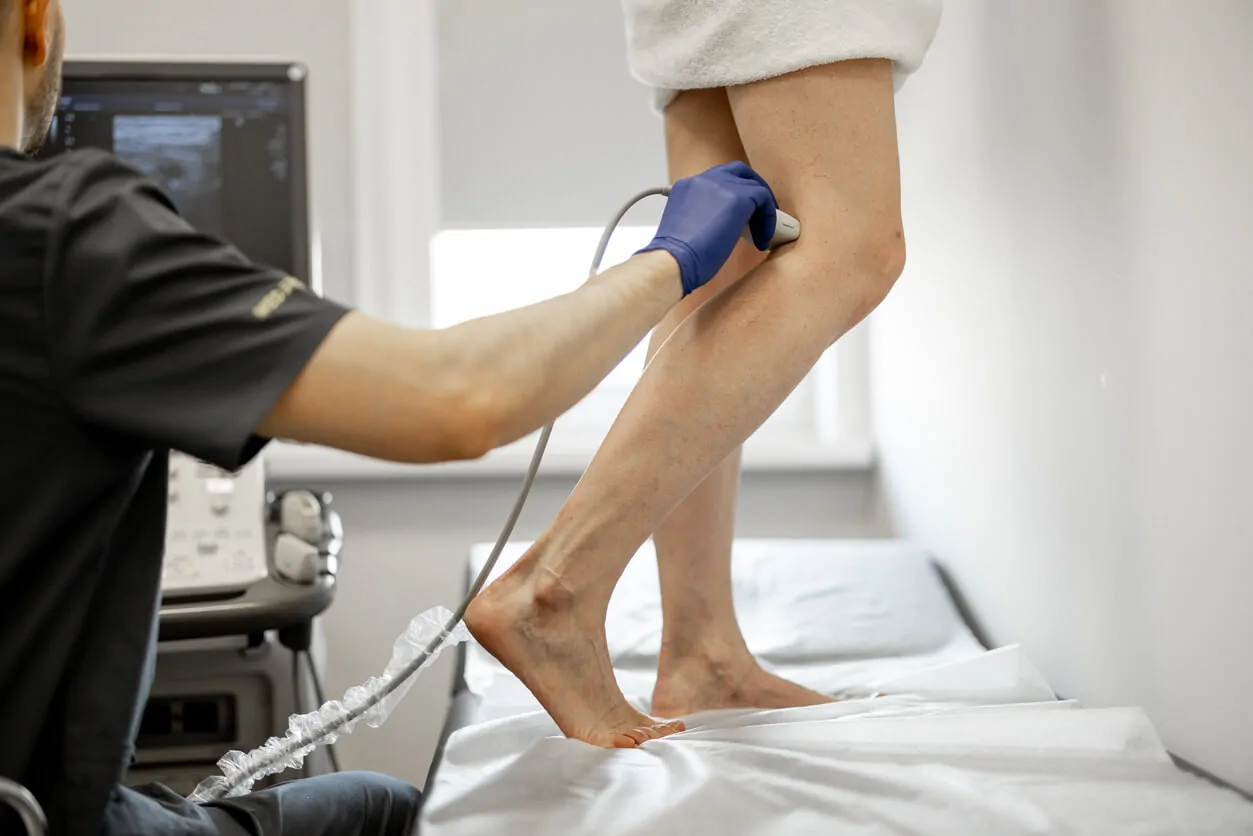What Happens If May-Thurner Syndrome Goes Untreated?

May-Thurner syndrome is a condition that surprisingly not many people have heard of. However, the impact it can have on one’s health if left untreated is significant. This syndrome occurs when the iliac artery compresses the left iliac vein, leading to obstruction and blood clots in the deep veins of the legs.
While some may dismiss this as a rare occurrence, recent studies suggest that May-Thurner syndrome may be more common than previously thought. Ignoring this condition could result in dangerous complications or even life-threatening situations for those affected.
In this blog, we will delve deeper into what happens if May-Thurner syndrome goes untreated and why prompt diagnosis and treatment are crucial for preventing long-term consequences.
What is May-Thurner Syndrome?
May-Thurner Syndrome (MTS) occurs when the left iliac vein, which carries blood from your left leg, gets compressed by the right iliac artery. This compression can cause blood flow problems and lead to symptoms like swelling and pain in the legs.
Who is at Risk?
Anyone can develop May-Thurner Syndrome, but it is more common in women and people between the ages of 20 and 40. If you sit for long periods or have other vein problems, your risk may be higher.
Early Symptoms to Watch For
Recognizing early symptoms can help you get treated before complications arise. Here are some common signs:
Leg Pain and Swelling
One of the first signs of May-Thurner Syndrome is pain and swelling in the left leg. The leg may feel heavy or tight. This happens because blood is not flowing properly and starts to build up, causing discomfort.
Visible Veins
You might also notice visible veins, called varicose veins, in your legs. These veins can appear swollen or twisted. This is another sign that blood flow is being obstructed, leading to vein problems.
Skin Changes
Changes in the color or texture of your skin can also be a symptom. If your leg looks red, feels warm, or the skin appears shiny, it is time to see a vein doctor. These changes can indicate poor blood circulation.
What Happens If It Goes Untreated?
Ignoring May-Thurner Syndrome can lead to serious health issues. Here is what might happen if the condition is not treated promptly:
Deep Vein Thrombosis (DVT)
Deep vein thrombosis (DVT) is a serious condition that can occur when someone has May-Thurner Syndrome. DVT occurs when a blood clot forms in a deep vein, which is usually found in the leg. This can lead to a lot of pain and swelling in that area.
If the blood clot breaks free and travels through the bloodstream, it can reach the lungs and cause a very serious condition called pulmonary embolism.
Pulmonary Embolism
A pulmonary embolism happens when a blood clot from another part of the body, like the leg, travels to the lungs and blocks a blood vessel there. This blockage can cause chest pain and make it hard to breathe.
Diagnosing May-Thurner Syndrome
Early diagnosis is crucial for preventing complications. Here is how vascular specialists diagnose the condition:
Physical Examination
Your vascular specialist will start with a physical examination of your legs. They will look for signs like swelling, visible veins, and skin changes. They may also ask about your symptoms and medical history to get a better understanding of your condition.
Imaging Tests
Imaging tests like ultrasound, MRI, or CT scans are commonly used to diagnose May-Thurner Syndrome. These tests provide detailed images of your veins and arteries, helping vascular specialists see any blockages or compressions.
Venography
In some cases, a test called venography might be used. This involves injecting a special dye into your veins and taking X-rays to see how blood flows through your veins. It is a more detailed test that can confirm the diagnosis of MTS.
Treatment Options
Several treatment options are available to manage May-Thurner Syndrome. The right treatment for you will depend on the severity of your condition.
Medication
Blood thinners are often prescribed to prevent blood clots. These medications help improve blood flow and reduce the risk of complications like DVT and pulmonary embolism.
Minimally Invasive Procedures
In more severe cases, minimally invasive procedures might be necessary.
Angioplasty
Angioplasty is where a small balloon is used to open up the compressed vein.
Stenting
Stenting is a procedure where a small mesh tube is placed in the vein to keep it open and improve blood flow.
Catheter-directed thrombolysis
This procedure breaks up blood clots and allows for stent placement using a catheter and clot-dissolving drugs.
Percutaneous thrombectomy
Vascular specialists remove blood clots through a small skin puncture using a catheter, avoiding the risks of thrombolytic medications
May-Thurner Syndrome ICD-10 Diagnosis and Treatment in Pedes Orange County
May-Thurner Syndrome is a serious condition that requires prompt diagnosis and treatment. Ignoring the symptoms can lead to dangerous complications like DVT, pulmonary embolism, and more.
If you or a loved one is experiencing symptoms of May-Thurner Syndrome or is at risk of deep vein thrombosis (DVT), don’t hesitate to seek medical advice at Pedes Orange County.
At our clinic, our team of board-certified vascular specialists and interventional radiologists is dedicated to providing comprehensive evaluations and personalized treatment plans tailored to your vascular needs.
To learn more about our service or to set up a consultation, call today at (949) 998-4568 or use our appointment request form. We look forward to serving you!









